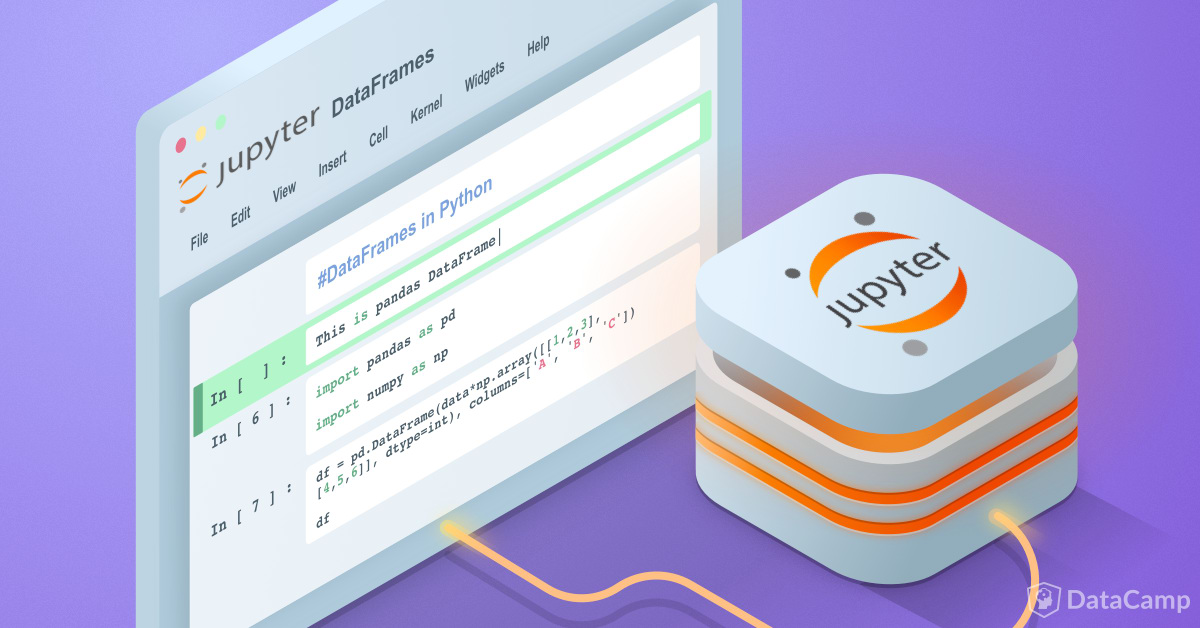
- Install ipython 2 after ipython 3 mac mac os#
- Install ipython 2 after ipython 3 mac install#
- Install ipython 2 after ipython 3 mac mac#
You will get a response stating the current version of Python installed on your system.
Install ipython 2 after ipython 3 mac mac#
I'm just pointing it out because it wasn't what I expected. Open a terminal on Mac and type in the following command (whichever version you want to verify) python -version to verify python 2 installation python3 -version to verify python 3 installation. I'm not sure this is really a significant problem (It's not for me).
Install ipython 2 after ipython 3 mac install#
Using Python package manager pip to install NumPy is the simplest and lightest method. There are two common ways to install NumPy in Windows. To connect another client to this kernel, use: sudo yum install numpy scipy python-matplotlib ipython python-pandas sympy python-nose 3. On many systems this causes an error, you then need to do this instead: type ipython notebook. 3) Start the IPython Notebook personal web server. If I do the same thing in a qtconsole, I get:Īnd the remaining text is printed in the terminal where I called ipython3 qtconsole If you are looking for installation documentation for the notebook and/or qtconsole, those are now part of Jupyter. 2) Activate your python environment for CSE801. installed Python successfully on your machine, run one of the following. will install IPython into HOME/local and its subdirectories (creating them if necessary).
Install ipython 2 after ipython 3 mac mac os#
Similarly h.psection() returns the value 1.0 in the qtconsole or notebook and the usual text prints in the terminal.įor example, if I run ipython in a terminal I get the following: The built-in Python 3 installation on Linux works well, but to install other. Under Unix-type operating systems (Linux, Mac OS X, etc.). After the installation of Anaconda, install R and rpy2 with conda install -c rpy2 2.1. One interesting behavior I noted is that when using neuron from a qtconsole or notebook, the message about neuron that prints when executing 'from neuron import h' does not display in the qtconsole or notebook, but rather in the terminal from which I started the program. It works for me with python3 on Ubuntu 12.04 64 bit. Sudo easy_install3 -U tornado # tornado webserver for ipython notebooks this setup to allow me to run Jupyter Notebooks remotely on my Macbook. Sudo easy_install3 -U pyzmq # Python bindings to ZMQ library allowremoteaccessBool and change its value to. Sudo apt-get install python3-setuptools # allow use of easy_install Sudo easy_install -U tornado # tornado webserver for ipython notebooks Sudo easy_install pyzmq # Python bindings to ZMQ library Sudo apt-get install python-setuptools # allow use of easy_install



Sudo apt-get install libzmq-dev # ZMQ library needed for Ipython Sudo apt-get install libqt4-dev # Qt needed for qtconsole in Ipython To install in ubuntu for python2 (probably should 'sudo apt-get remove ipython' first if apt-get was used to install ipython): I'm seeing the same issue using python3 in ubuntu 12.04 64 bit.


 0 kommentar(er)
0 kommentar(er)
